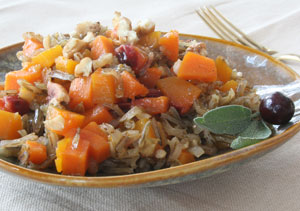 Thanksgiving may be my favorite holiday. Families gather. And as they surround the dining table they celebrate and give thanks for all blessings, including the bountiful meal before them. When my mom was living, she prepared most of the Thanksgiving meal herself.
Thanksgiving may be my favorite holiday. Families gather. And as they surround the dining table they celebrate and give thanks for all blessings, including the bountiful meal before them. When my mom was living, she prepared most of the Thanksgiving meal herself.
Trying to please everyone, she’d make baseball-sized dumplings and sauerkraut for my German dad, lump-free mashed potatoes for the grandchildren, sweet potatoes with a crunchy topping of melted marshmallows for her daughter-in-law, stuffing for her son-in-law, and lentils for herself and me. My brother wasn’t hard to please. I think he ate everything. And, of course, there was always a huge turkey. I am not kidding when I say there was hardly room on the table for our dinner plates.
Not to be forgotten was the wild rice. In Minnesota, where wild rice is plentiful, most cooks have favorite ways to prepare this “gourmet grain.” It seems my mom could never come up with a recipe that lived up to her expectations.

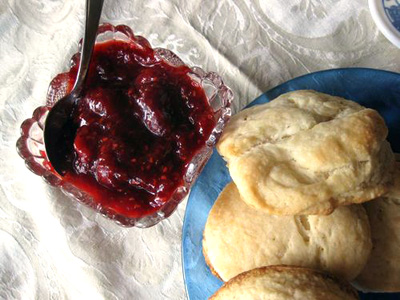 Even more than Thanksgiving, the day after is nostalgia squared, or maybe cubed. Memories rush back from the day before. The turkey. The perfect pies. Seeing loved ones, yet missing absent ones, and being thankful to have both. But now, layered on top, is a day of leftovers that are often better the day before.
Even more than Thanksgiving, the day after is nostalgia squared, or maybe cubed. Memories rush back from the day before. The turkey. The perfect pies. Seeing loved ones, yet missing absent ones, and being thankful to have both. But now, layered on top, is a day of leftovers that are often better the day before.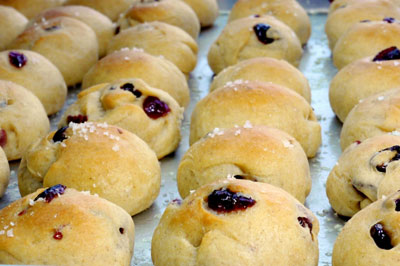 Thanksgiving is almost here and it's time to nail down those menus. Serving homemade bread is one of the best parts of the holiday meal.
Thanksgiving is almost here and it's time to nail down those menus. Serving homemade bread is one of the best parts of the holiday meal. 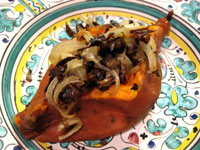
 In our house Thanksgiving is the one day a year my wife is in charge of the cooking. Because I work at home, part of my day-time ritual is to shop for and cook our dinners. But for Thanksgiving, I’m her sous chef. She tells me the menu and I prep the mise en place, so everything is ready for her.
In our house Thanksgiving is the one day a year my wife is in charge of the cooking. Because I work at home, part of my day-time ritual is to shop for and cook our dinners. But for Thanksgiving, I’m her sous chef. She tells me the menu and I prep the mise en place, so everything is ready for her.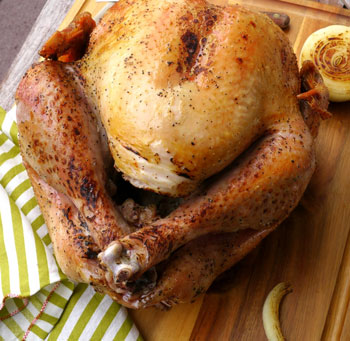 I have always been a big proponent of deep-frying a turkey. It has been, until now, the juiciest turkey I have ever made. However, the biggest turn-off of the whole deep-frying process is the $50 of oil you need to buy and then have to dispose of...it's kind-of-a-pain and always feels like a big waste.
I have always been a big proponent of deep-frying a turkey. It has been, until now, the juiciest turkey I have ever made. However, the biggest turn-off of the whole deep-frying process is the $50 of oil you need to buy and then have to dispose of...it's kind-of-a-pain and always feels like a big waste.